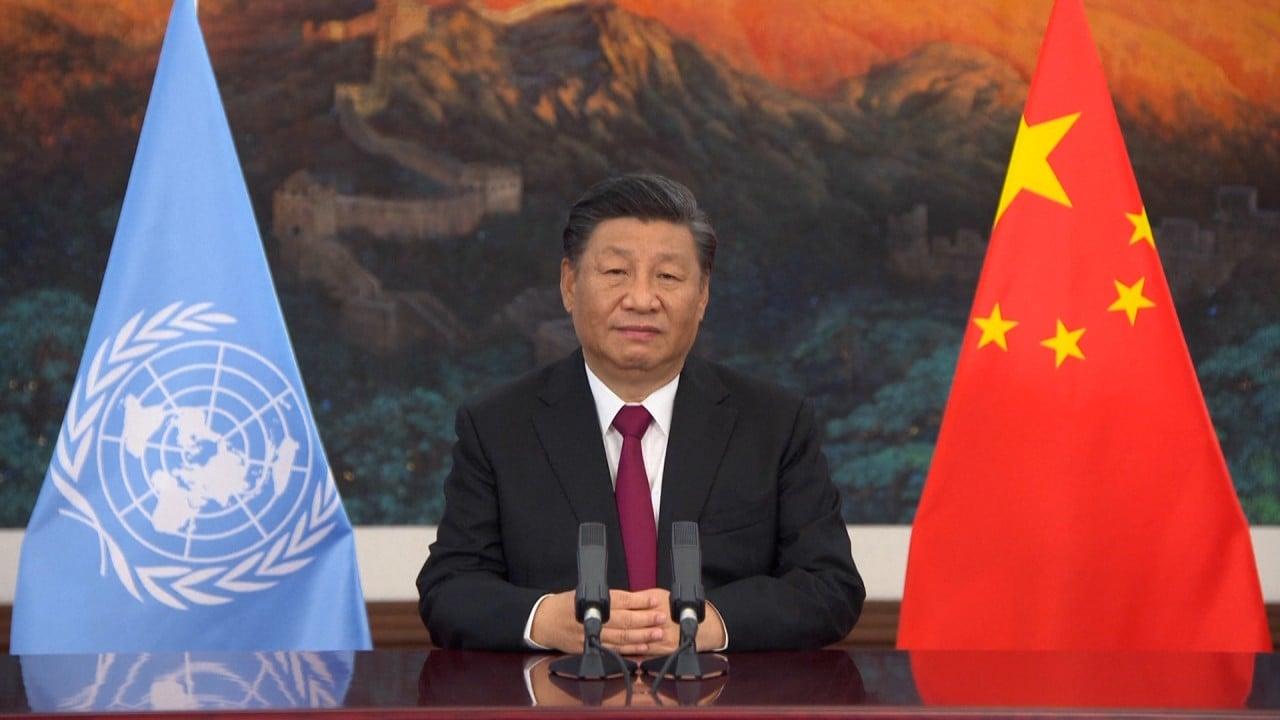
The framework is intended to set new goals to conserve biodiversity and reverse nature loss by 2030, and to live in harmony with nature by 2050.
“The structure of the framework and core expressions have basically taken shape,” Zhou said.
She added that CBD member states had exchanged views on challenging issues, providing a good basis for arriving at a deal in Montreal that could be accepted by all parties.
Several targets were raised in the draft of the framework, such as conserving at least 30 per cent of the planet’s land and sea areas by 2030 and cutting the introduction of invasive foreign species by at least half by 2030.
Zhou said the framework focused on three main objectives set out in the convention: to conserve biodiversity; to use biodiversity sustainably; and to ensure the fair and equitable sharing of benefits from genetic resources.
“There is an international consensus that the three goals should be implemented in a comprehensive and balanced manner, rather than focusing too much on one goal,” she said.
The conference comes at a time in human history of unprecedented biodiversity loss. The “2022 Living Planet Report”, published by the global conservation body WWF in October, found that since 1970 there had been a devastating average 69 per cent drop in monitored wildlife populations, including mammals, birds, amphibians, reptiles and fish.
The international community also has high expectations for the new biodiversity agenda after the CBD member states failed to fully achieve any of the 20 Aichi Biodiversity Targets to reduce biodiversity loss and protect habitats by 2020 that were agreed in Nagoya, Japan, in 2010.
Zhou said CBD member states still remained divided on some specific issues and more communication and effort were needed to balance the objectives.
For many developing countries, resource mobilisation and financial support would be key, she said, and China would like to cooperate with others in biodiversity conservation.
Zhou said the joint China-Laos cross-border biodiversity reserve had reached 200,000 hectares (494,000 acres), enabling the protection of rare and endangered species, such as the Asian elephant and its habitat.
The Sino-Africa joint research centre of the Chinese Academy of Sciences had trained more than 200 postgraduates in Africa in biodiversity conservation, supplying talent in the field for African countries, she said.
“China is willing to … provide support for biodiversity conservation in developing countries and provide Chinese solutions.”


